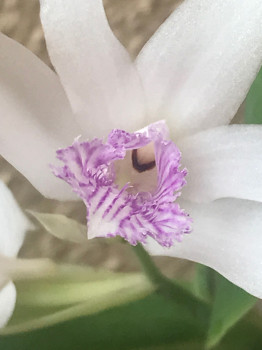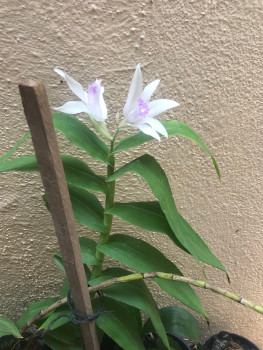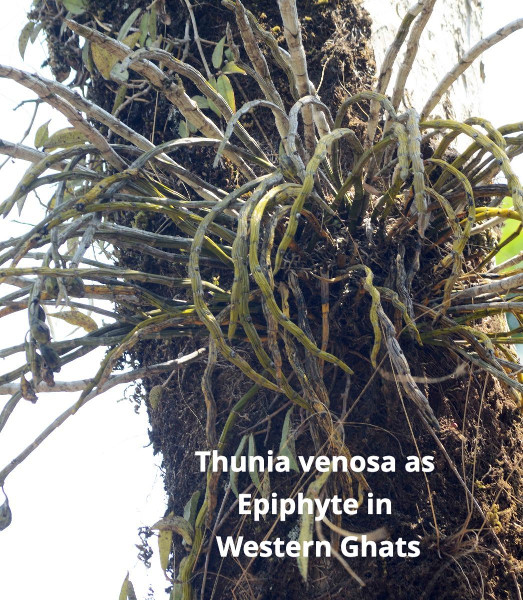Orchid Care for the month of August |
|
| Orchid Care for this month (August). We are getting into a month where the day length starts to reduce gradually.
Position of sun and decrease in the day length are a few key parameters that influence some of the orchids to stimulate flowering, gaining more mass 1) Habenaria/Thunia/Catasetums would in their peak of growth. water and fertilize them in lower dosages in alternative waterings. 2) Rains seem to be playing a game with us this year, collect rain water and use them for watering orchids. 3) forecast is for better rains from 2nd week of August. Onset of rains would increase the humidity and increased humidity would mean more pest and diseases. 4) Days where it rains, ensure that there is sufficient air movement as persistent dampness would be ideal weather for bacterial infections. 5) Dampness would also invite slugs and snails and keep a close watch on them. Visit the grow area in the night and catch and dispose. 6) Most of the deciduous species are picking up growth and hence water and start feeding them well. more robust roots they put out they would help pickup vegetative growth. 7) Most of the Vandas/Aerides would be in spike or about to spike, feed them well to ensure that they have sufficient energy reserves to sustain their blooms. 8) Keep a couple of bottles of hydrogen peroxide handy for any quick band-aid treatments for bacterial and surface treatments of fungal infections. 9) remove dried leaves/sheath during this time as dried material absorbs more water and invite fungal and bacterial infections. Keeping the grow area clean would help. |
Species of the Month |
|
 Thunia alba var. bracteata |
 Thunia alba var. bracteata |
| There are a few spectacular deciduous largely terrestrial orchid genera from South East Asia. One of them is genus Thunia.
They are possibly the easiest to grow once we know their growth habitat and cultural needs. Anyone able to grow normal plants should be able to grow and bloom them in Bangalore. Medium to large sized largely terrestrials ( a few species can be found as epiphytes) with showy flowers. They have a distinct growing season (April to October) and season of almost complete dryness (late October to March). Pot them in a fast draining media with added humus rich material and top dress them with some Sphagnum moss They start growing around March/April and keep the young shoots dry but keep misting the root zone. once the growth starts the pickup ( 3-4 inches), start feeding light fertilizer and keep a tray of water below the pot. Thunia starts growing vigorously around onset of monsoon and keep up the feeding in accordance with their growth. alternate light feeding and flushing with good water. They start to bloom around July-Sep and start to shed their leaves after a few weeks after they bloom. Once they shed the leaves, stop watering and remove the tray of water below the pot. There are a fantastic species from India They can be propagated from cuttings of the stems. |
|
 |
|
| Article: Sriram Kumar. Photos: Sriram Kumar, Dr. Shashidhar Sastry |
|